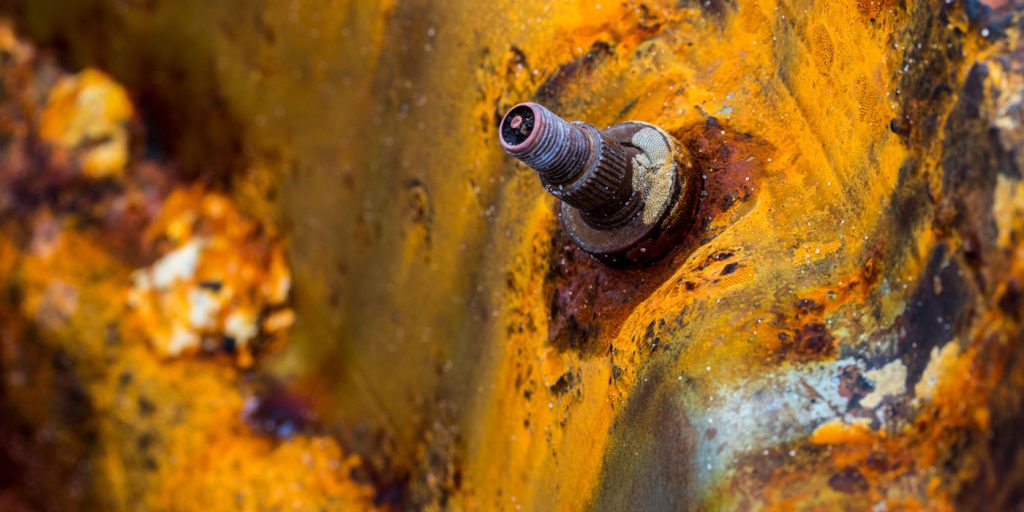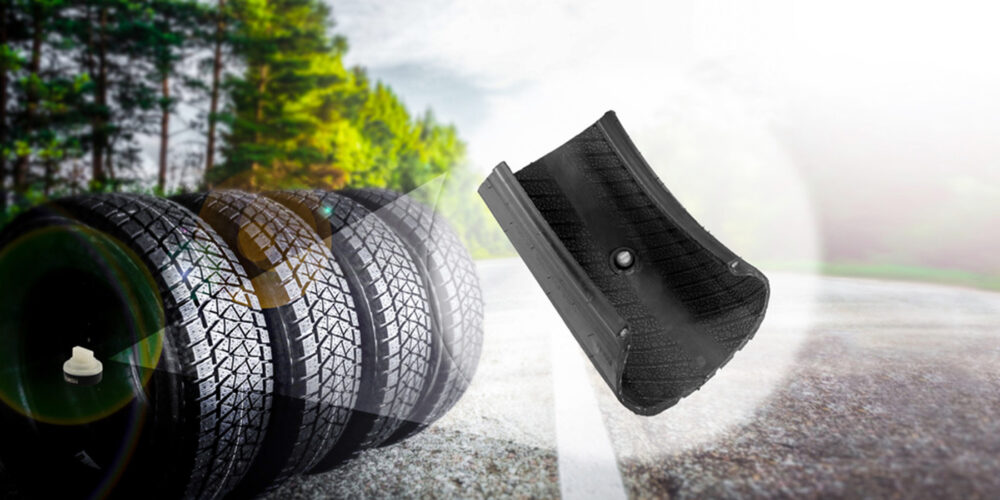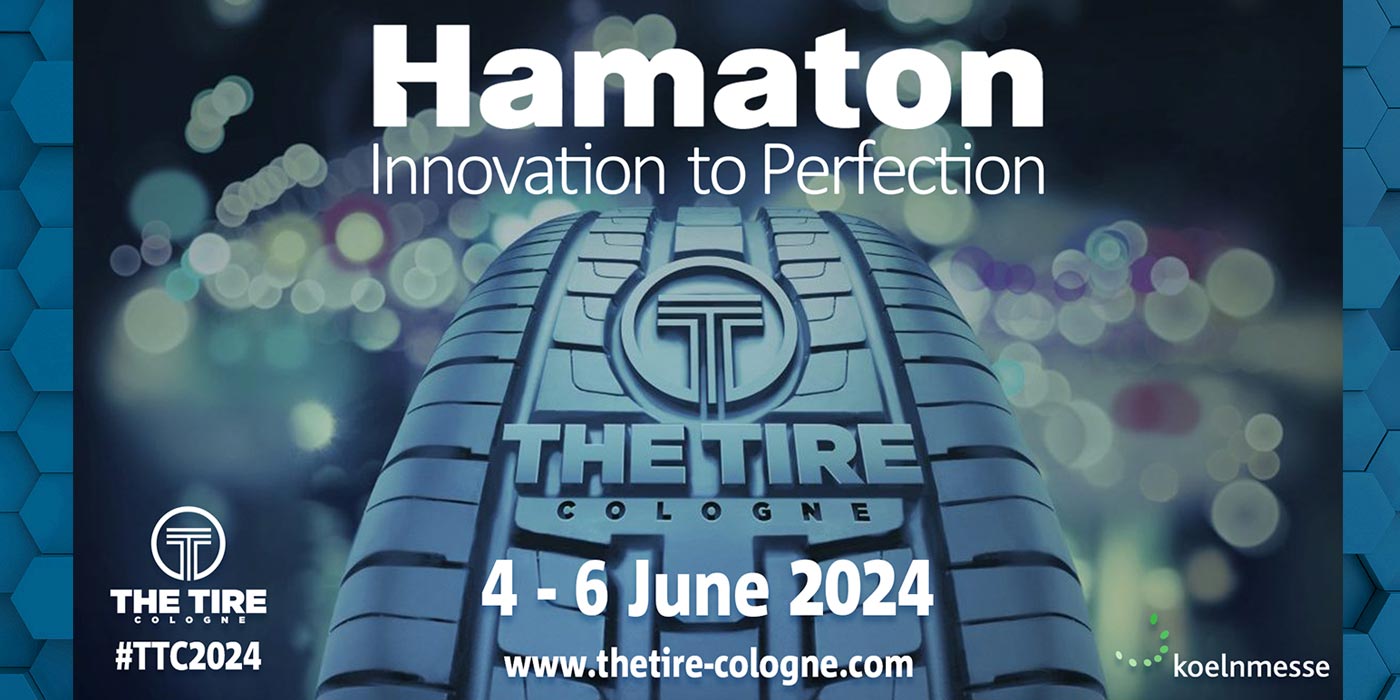No matter how far we get with TPMS technology, we still must go back to the basics of repair when it comes to hard parts. Corrosion is one of the leading causes of TPMS replacement. The chemical reaction that takes place when certain metals are exposed to moisture, salt, dirt and certain climates causes the metal surface to change shape. Over time, they can become gritty and can begin to dissolve. The result is that surfaces of the parts that were once smooth and flat become rough and misshapen, making an airtight seal impossible when re-assembling the valve stem after service or after adding air to the tire. This causes slow air leaks that can be extremely frustrating to a driver as air continues to slowly escape, causing the light to illuminate again and again.
Corrosion is also the culprit of broken parts during service. The metals can fuse together and separating that bond can cause broken nuts, screws, valve cores and stems. This is not a major issue if the sensor has a detachable stem since these parts should be replaced after each service anyway. If they break, they break. However, it does get costly and needs some explanation to the driver when a fixed stem breaks and the whole sensor must be replaced.
So how can corrosion be avoided? When it comes to metal parts, the unfortunate truth is it cannot be completely avoided. That is just the nature of metal in outdoor environments, and it is certainly worse in some environments than others. It was a problem well before there was a sensor on the other side of the valve stem and you can’t change science. However, there are a few things you can do to avoid extreme cases of corrosion that lead to damage and slow air leaks.
- Consider your options. Rubber stems have become very popular, as they don’t have the same reactive properties as metal stems and can hold up to harsh environments a bit better. Not all sensors are compatible with rubber stems, but many are.
- ALWAYS change the service kit. Changing the service kit each time the tire is removed from the wheel is a necessary practice, no questions asked. Service kits are relatively cheap and putting on a fresh one each time can prevent corrosion from getting so bad that it causes air leaks or fused parts.
- Don’t mix certain metals. Did you know that mixing different service parts with different metals can cause eminent corrosion? Brass and aluminum will react to each other when exposed to air and humidity. The most common mistake of mixing metals is with the valve core. Rubber stems use brass valve cores, while aluminum stems use nickel-plated valve cores. It might be easy to throw any valve core into a stem, but if you don’t use the right material, it will indefinitely cause corrosion and lead to broken parts.
The absolute best practice is to change out the service kits each time the tire is removed from the wheel. Make this a habit and a requirement of service. You haven’t done a complete service unless you change out that service kit. And then secondly, use the pre-packaged kit in its entirety. Don’t mix parts. These two steps are the best defense against the major corrosion cases that can lead to costly fixes.
Jacki Lutz is the Gobal Head of Communications, Training and E-Commerce for Schrader TPMS Solutions, a global leader in TPMS. She is a TIA ATS instructor and serves on a variety of industry boards.













